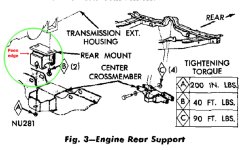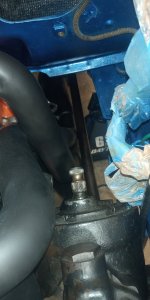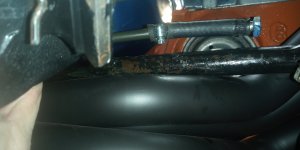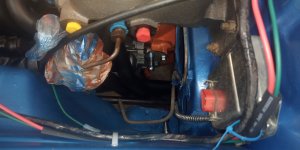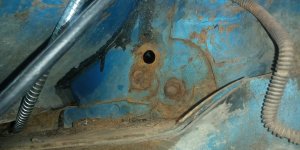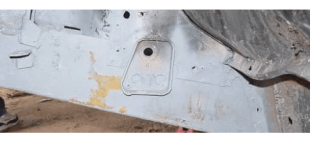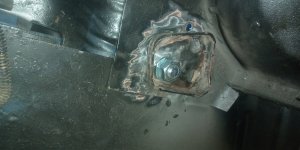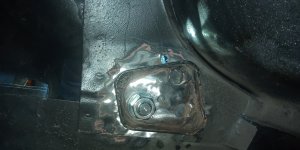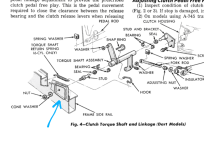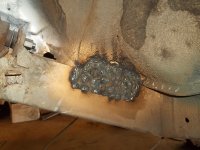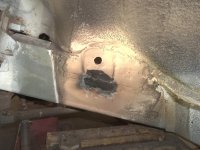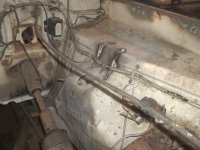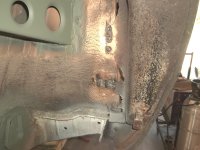Dr.Jass
Pastor of Muppets
The only difference in the W2 headers is up at the flange, and the larger primary tubes. I don't know how different the Doug's can be in the area of the countershaft, since there's a limited amount of room and everyone's got to put the collector in the same place. Regardless, I don't think you'll need it, because TTi insisted I did and they were clearly wrong.That might have something to do with why you were able to use the stock z-bar
I bought a new standard one from Brewer's because a) I know TTIs need it and b) TTIs and Doug's aren't even the same design, so c) Doug's don't need it. I'm keeping it clean and won't scratch it up in hope that if it turns out to not fit I can get something back out of it from Wayne toward the TTI modified part.
Through 1970, yes. Except no. Color me the ignoramus here, but apparently there is a different crossmember for 4-speed only (3-speed uses the automatic crossmember) from 1966-69: 2530668. This changed in 1970, but the '70 B-body is a tough call because the catalog has a gibberish part number (too many digits) that's hard to decipher as any other part in any catalog I have. Either way, it's a biscuit mount and curiously, 1970 uses the same 'member for all transmissions. Of course, the Hemi mount is different. Why? Because it was peened right out of the box for additional strength. The Hemi part number currently supersedes to the standard non-peened aftermarket biscuit number. Either way, this leads me to believe the '66-'69 4-speed crossmember has some difference to it, but either 'member will work since the rear (transmission) mount didn't change type or location.B-bodies are the same, at least for 66-up.
1971-up B-bodies used the E-body crossmember, which was spool from the get-go (1970). The aftermarket parts applications threw me for a loop because they show a biscuit for '71 B-body, but it's wrong. There was a crossmember revision in June of 1971, but it's spool in either case. Both numbers (before/after the revision) are the same between auto and manual.
The peening is on the mount itself, hence the different Hemi mount for the same transmissions. About 1,000 year ago, E-Booger printed a factory diagram of the process in Mopar Action, but I can't find it for the life of me (and I'm ill-disposed to digging through 20+ years of magazines at the moment). Anyhoo, it appears to be a worthless discussion since none of the currently-available mounts show the suggested peening as even possible.The peening is on the crossmember, right? If so, I didn't bend it to get the old mount out, I clamped that bastard in the vise and pried it out with the biggest screwdriver I've got, and did basically the same going back in. So the crossmember is holding the mount like it should unless there's something else to it.
In the diagram below, the red arrow points at an edge on the metal side plate that protruded above the rubber on factory-issue mounts. That edge existed on the non-visible side as well, where the "REAR MOUNT" arrow is pointing. The Hemi mounts had those protruding edges factory-peened over toward (into) the rubber, to discourage the rubber from tearing away from the side plates, i.e. ripping out of the bracket itself. Eyeballing what's available now, those edges and indeed the rubber on one side appears to have been thrifted out of the manufacturing process to save on material costs. In other words, there's nothing to peen anymore. All is not lost, though, because hey--torque specs!
